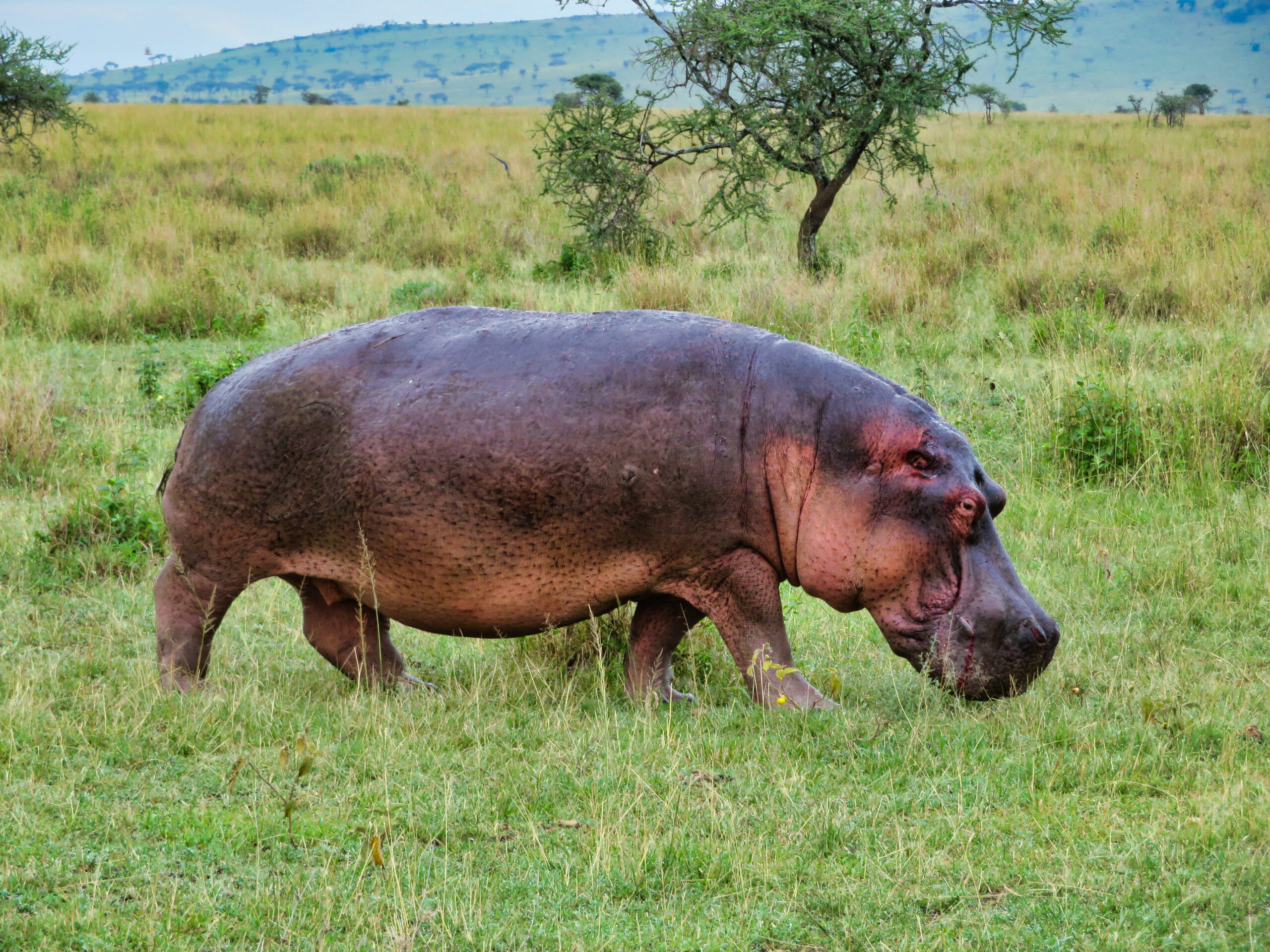The geographical range of common hippopotamus’ (Hippopotamus amphibius) has retracted over the last century as a result of anthropogenic pressures. At present, extant common hippopotamus (hereafter, hippo) populations are fragmented and largely constrained to Protected Areas. There is an urgent need for conservation management, but data and information on the spatial ecology of hippos to base conservation strategies on are lacking. Without a centralised and collaborative database that documents their distribution and abundance, comprehensive population assessments remain a challenge. This study establishes a detailed spatial database of hippo population estimates and distribution across southern Africa, by collating recent survey data from a range of sources, facilitating population monitoring and informed conservation decision making. Drawing from a review of the primary literature, grey literature, aerial surveys, websites, and expert input, we provide a comprehensive geographic range map for hippos and evaluate hippo distribution within Protected Areas. Our review reveals several discrepancies between our data and previous hippo distribution and abundance estimates. We also highlight inconsistent methods used to survey hippo populations across southern Africa. By identifying twelve regions with large populations of hippos (>1000 individuals), our findings underscore the importance of extensive and well-connected Transfrontier Conservation Areas to support large, dense hippo populations. We encourage the IUCN SSC Hippo Specialist Group to promote standardised and coordinated surveys and progress a spatial database of hippo distribution and abundance across the rest of Africa.

